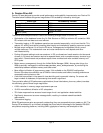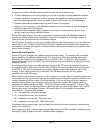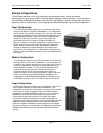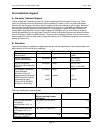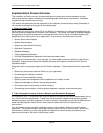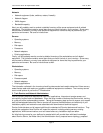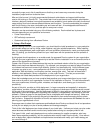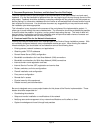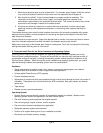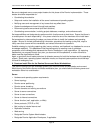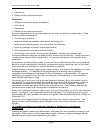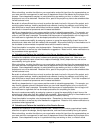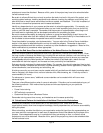
connectivity maps, and a list of possible errors that they or end users may encounter during the
installation project and how to resolve them.
After an initial course, it is highly recommended that each administrator and support staff member
receive full training on Domino R5. They should learn how to use the end user interface, administrator
interface, designer interface, know what components are available, how to perform the daily functions all
users perform, and how to access different features and functions. The more comfortable your support
staff is with Domino, the more comfortable your end users will feel. A knowledgeable staff means a
successful and efficient roll out, and less pain for everyone involved.
Education can be conducted using any of the following methods. Each method has its pluses and
minuses depending on your particular environment.
Ÿ Formal Lotus training
Ÿ CBT self study course work
Ÿ Customized training from a Business Partner
4. Setup a Pilot Project
Before installing Domino in your organization, you should test the install procedures in a non-production
environment where you can try things, make mistakes, and gain valuable experience. While installing
Domino is straightforward, each organization will have a different infrastructure, needs, and deployment
plan. By testing, you familiarize yourself and your install team with the procedures and the process of
installing.
A pilot project should reproduce, on a smaller scale, the proposed Domino system for your organization.
This will give your organization an opportunity to test the Domino installation in an environment similar in
nature to the production environment.
Create a list of Domino and Notes features that may be considered mission-critical for your organization.
Make sure to test these features thoroughly. For example, your company may want to place all mail files
on clustered mail servers to ensure high reliability, failover, and load balancing. List the different types
of servers you plan to use -- some companies use Domino only for mail, others use it for messaging,
application, Web site hosting, and directory services, among other roles. Test each of these items --
whether a vital application, server configuration, or role under Domino. This lets you accumulate
knowledge and create best practices for the deployment of your organization.
Share the knowledge once you have compiled best practices, and communicate them to your install
team and to all parts of your organization involved in the installation of Domino. This lets others benefit
from your experiences, minimizing effort, mistakes, and duplication, and allowing you to maximize
productivity.
As part of this pilot, consider an initial deployment. In larger companies and especially in enterprise
organizations, consider a limited-scale deployment to one group or business unit that serves as a model
for the rest of the organization. Use this deployment of Domino, along with your pilot project, to test your
assumptions, plans and expectations regarding the installation, interoperability, and training on the new
software. Choose a group for the deployment that is comfortable with change and learning. Make sure
the group is invested in the project by discussing its benefits for them and encouraging them to share
their concerns. Support their transition to Domino and capture their experiences and feedback for use in
planning your organizational roll out.
Encourage users to share their experiences and feedback about Domino and about the roll out procedure
so that you can adapt your plan to avoid problems and leverage strengths.
Think of this initial deployment as a beta release of your install plan. It allows you to test your plan under
actual business conditions and to work out any issues before moving to a company wide roll out.
This type of initial, small-scale deployment may not be necessary for smaller companies, who have
fewer issues regarding scalability, and for companies who need to install Domino quickly. Even without
such a deployment, capture feedback and experiences to evaluate and modify your install strategy as
you move through it.
Lotus Domino Server R5 Implementation Guide June 18, 2001
Page 22



